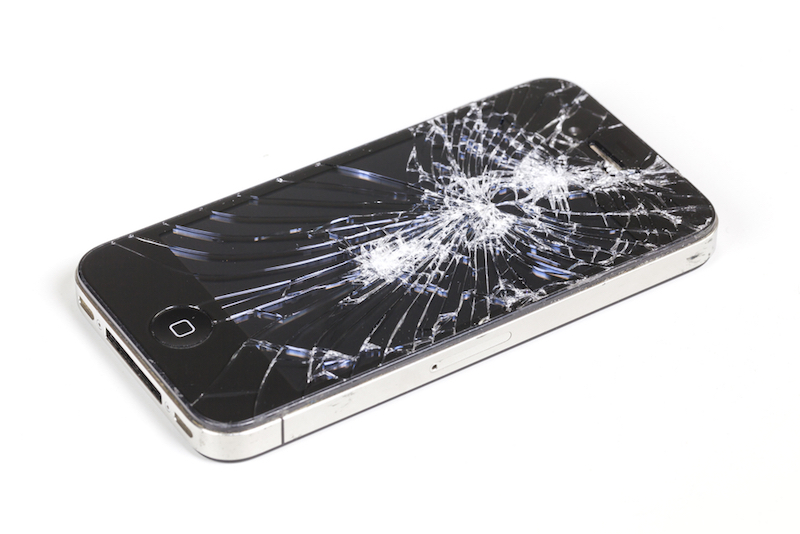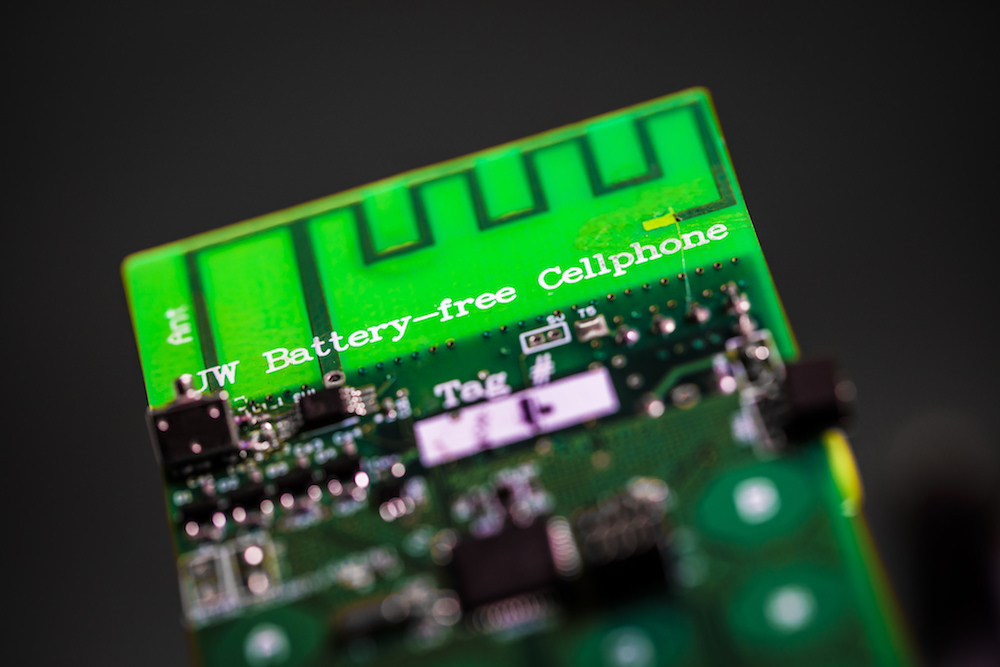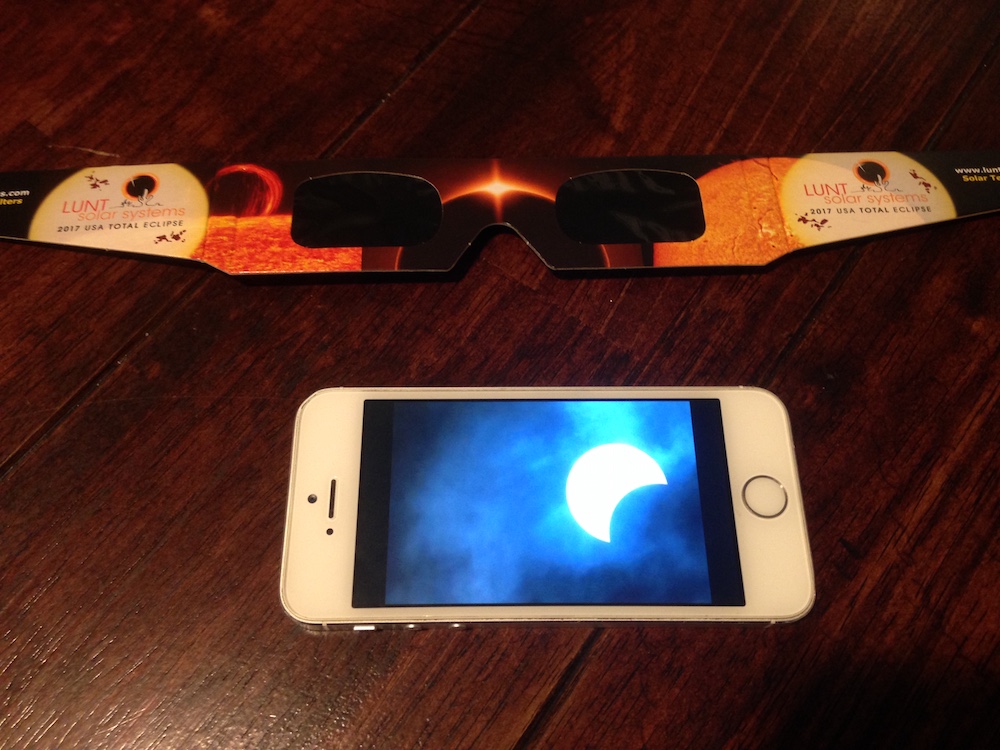When you buy through link on our site , we may earn an affiliate commission . Here ’s how it works .
Doing virtual reality one better , a consortium of technology companies and European Union countries have create a " visual fourth dimension machine " that earmark tourer fit out with a smart phone to take a exposure of an ancient object and then at once review its chronicle and see what it originally look like . This new technology , dubbed the " Intelligent Tourism and Cultural Information through Ubiquitous Services " ( iTacitus , after the Roman historian ) , brings augmented world to museums , palaces , palace and other tourist attractions , accord to its developers . " [ Tourists ] can look at a historical land site and , by taking a exposure or viewing it through the tv camera on the mobile machine , be able to get at much more entropy about it , " say Luke Speller , a scientist with the BMT engineering science mathematical group based in the U.K. " They are even able to visualize , in literal fourth dimension , how it looked at different stage in history . " The system uses GPS and look-alike recognition software to identify the drug user ’s location when their camera is pointed at a construction or painting . The Palace of Venaria near Turin , Italy and Winchester Castle in the United Kingdom already have systems in place . holidaymaker will finally be able to get at video footage as they stand in the Coliseum in Rome and take in gladiator fight down as they once did .
Inside Science News Service is supported by the American Institute of Physics .


















